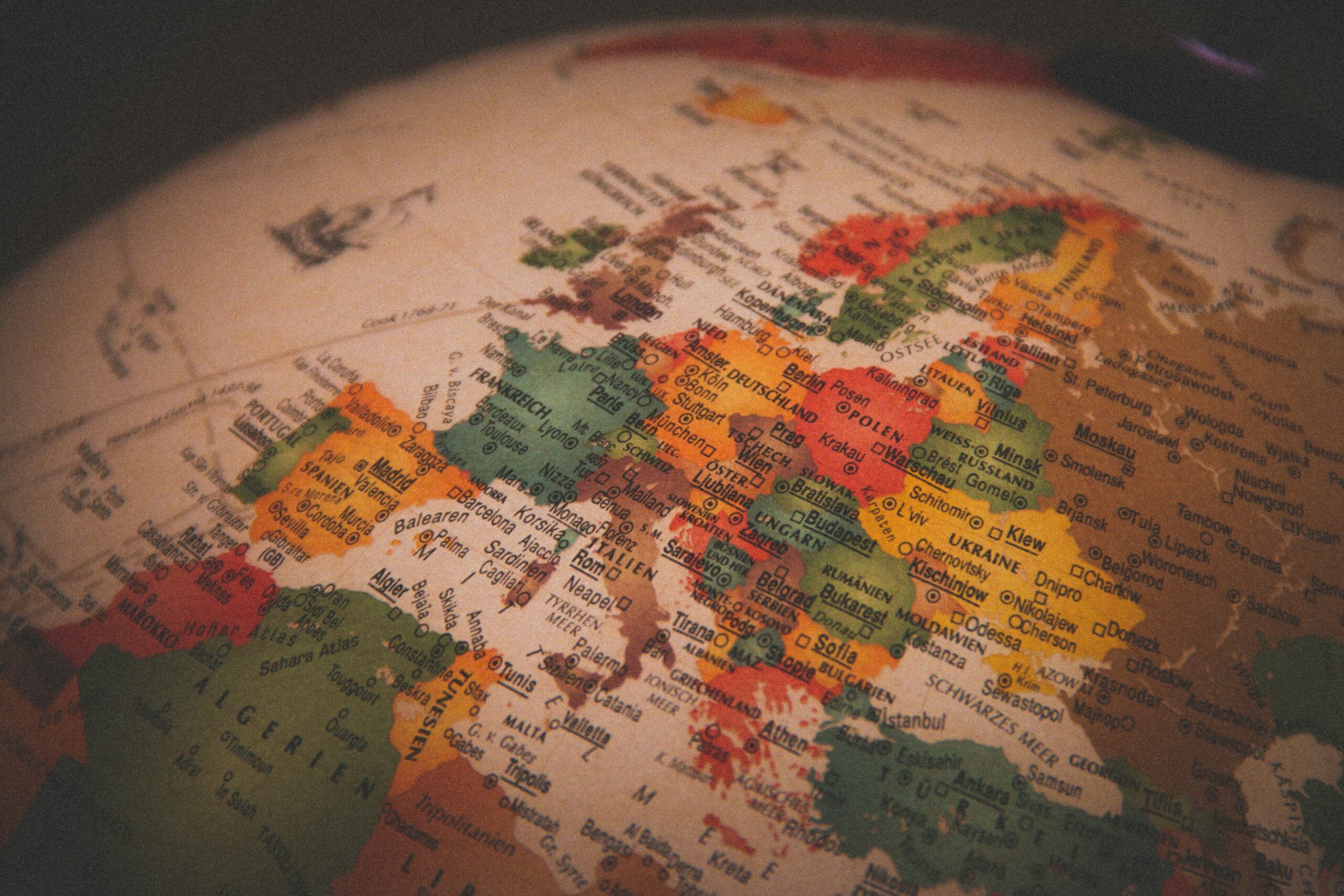
Introduction
The energy, passion, and creativity of young people have always played a crucial role in shaping political landscapes and bringing about social change. In recent years, youth activism has gained increasing recognition as a powerful force for addressing pressing issues like climate change, racial inequality, and gun violence. Young activists are not only demanding change but are also taking on leadership roles and shaping the future of politics. In this article, we will explore the role of young people in political activism, examine their impact on recent movements, and discuss how they are influencing the political landscape.
The Rise of Youth Activism
Youth activism is not a new phenomenon, but recent technological advancements, particularly in social media, have given young activists a platform to amplify their voices and mobilize people on an unprecedented scale. Movements like the Arab Spring, Black Lives Matter, and Fridays for Future have seen significant involvement from young people, who have used their digital fluency to spread awareness, organize protests, and demand accountability from leaders.
One of the defining features of contemporary youth activism is its intersectionality. Young activists are addressing multiple, overlapping issues—such as climate justice, racial equality, and LGBTQ+ rights—and recognizing the ways in which these issues are interconnected. This intersectional approach has allowed young activists to build broad coalitions and attract diverse support, making their movements more powerful and inclusive.
Key Youth-Led Movements
- Fridays for Future: Fridays for Future, also known as the School Strike for Climate, is a youth-led movement that began with Swedish activist Greta Thunberg’s decision to skip school to protest inaction on climate change. Her solitary protest quickly inspired millions of young people around the world to join the cause. The movement has organized global climate strikes, drawing attention to the urgent need for action to address the climate crisis. Young activists involved in Fridays for Future have played a crucial role in shifting public discourse and pressuring governments to take more ambitious action on climate change.
- March for Our Lives: Following the tragic mass shooting at Marjory Stoneman Douglas High School in Parkland, Florida, in 2018, a group of students organized March for Our Lives, a movement calling for stricter gun control laws in the United States. The student-led movement quickly gained national attention, organizing one of the largest protests in U.S. history and advocating for policies like universal background checks and a ban on assault weapons. The young leaders of March for Our Lives have used their platform to challenge lawmakers, engage in public debates, and push for meaningful reform in the fight against gun violence.
- Black Lives Matter: While the Black Lives Matter (BLM) movement was founded by three women—Alicia Garza, Patrisse Cullors, and Opal Tometi—young people have been at the forefront of the movement, particularly during the protests following the deaths of George Floyd, Breonna Taylor, and others. Young activists have used social media to organize protests, raise awareness about police violence, and demand systemic changes to address racial inequality. The involvement of young people in BLM has helped sustain the movement and bring about tangible changes, such as police reform measures and greater accountability for law enforcement.
- Hong Kong Protests: In 2019, young people in Hong Kong played a central role in organizing protests against a controversial extradition bill that was seen as a threat to the region’s autonomy. The protests, which drew millions of participants, evolved into a broader movement for democracy and human rights. Young activists used social media, encrypted messaging apps, and innovative protest tactics to outmaneuver authorities and draw international attention to their cause. Their determination and resilience in the face of government crackdowns inspired people around the world and highlighted the power of youth-led movements in the fight for democracy.
The Impact of Youth Activism
Youth activism has had a profound impact on public discourse and policy-making. The visibility of young activists has helped shift societal attitudes and bring important issues to the forefront. For example, the climate strikes organized by Fridays for Future have made climate change a top priority for governments and international organizations, leading to more ambitious climate targets and increased investment in renewable energy.
The influence of youth activism can also be seen in the political arena, where young activists have successfully pushed for policy changes. In the United States, March for Our Lives has contributed to the passage of gun control measures at the state level, including red flag laws and restrictions on firearm access. Similarly, the Black Lives Matter movement has led to increased scrutiny of police practices, the removal of Confederate statues, and the implementation of police reform measures in several cities.
In addition to shaping policy, youth activism is also transforming the nature of political leadership. Young activists are challenging traditional notions of leadership by emphasizing collective action, intersectionality, and inclusivity. They are rejecting hierarchical structures in favor of more collaborative and horizontal approaches, empowering others to take action and ensuring that marginalized voices are heard.
Impact on Youth Politics
Youth activism is not only influencing policies and social movements but is also reshaping youth politics and political engagement. The rise of youth-led movements has inspired a new generation to become more politically active, with young people increasingly participating in protests, advocacy campaigns, and even running for office. This increased engagement is evident in the growing number of young candidates running for local, state, and national offices, as well as in the heightened voter turnout among young people in recent elections.
Youth activism has also brought new issues to the political agenda, such as climate justice, student debt relief, and gun control, which resonate deeply with younger generations. These issues are now being prioritized by political parties and candidates who recognize the importance of appealing to young voters. Young activists have shown that they are not content to wait for change—they are actively shaping the political landscape by demanding action on the issues that matter to them.
The influence of youth activism on youth politics is also evident in the way young people are redefining political leadership. Many young activists are rejecting traditional political structures and instead focusing on grassroots organizing, mutual aid, and community-based solutions. This shift towards a more inclusive and collaborative form of leadership is inspiring a new model of politics that prioritizes social justice, equity, and collective well-being.
The increased political participation of young people is having a ripple effect on political institutions as well. Political parties are increasingly paying attention to the demands of young voters, and many are incorporating youth perspectives into their platforms. Young activists are not only influencing the policies of today but are also laying the groundwork for the political leaders of tomorrow, ensuring that the next generation of leaders is more diverse, progressive, and committed to addressing systemic issues.
Challenges Faced by Young Activists
Despite their successes, young activists face significant challenges in their fight for change. One of the main obstacles is the lack of political power and representation. Many young activists are not yet eligible to vote, which limits their ability to directly influence elections and policy-making. Additionally, young activists often face skepticism and dismissal from older generations, who may view them as inexperienced or naive.
Financial barriers are another challenge for young activists, as many lack the resources needed to sustain their movements. Unlike established organizations, youth-led movements often rely on crowdfunding and volunteer efforts, which can make it difficult to maintain momentum over time. Moreover, young activists are frequently subject to harassment, intimidation, and even violence, particularly when challenging powerful institutions or authoritarian governments.
Youth Activism and the Future of Politics
Despite these challenges, young activists are reshaping the future of politics in profound ways. Their emphasis on climate justice, social equity, and human rights is influencing the agendas of political parties and candidates around the world. Politicians are increasingly recognizing the importance of engaging with young people and addressing their concerns, as youth activism has demonstrated the power of mobilizing a generation.
Young activists are also redefining what it means to be a political leader. By using social media to amplify their messages, they are bypassing traditional gatekeepers and connecting directly with people across the globe. This digital-first approach has allowed young activists to build movements that are decentralized, adaptable, and responsive to the needs of their communities.
The rise of youth activism is also contributing to increased political participation among young people. In recent elections, youth voter turnout has been on the rise, with young people showing a greater interest in issues like climate change, racial justice, and economic inequality. This increased engagement suggests that the next generation of political leaders will be more diverse, more progressive, and more committed to addressing the systemic issues that previous generations have failed to resolve.
Lessons from Youth Activism
- Harness the Power of Technology: Young activists have shown how social media and digital tools can be used to mobilize people, spread awareness, and build movements. By leveraging technology, they have been able to reach a global audience and inspire others to take action.
- Intersectionality Matters: Youth activism is characterized by its intersectional approach, recognizing that issues like climate change, racial inequality, and economic injustice are interconnected. This approach has allowed young activists to build broad coalitions and address the root causes of systemic issues.
- Collective Action is Key: Young activists are redefining leadership by emphasizing collective action and community involvement. They are demonstrating that meaningful change comes not from individual leaders but from the power of people working together towards a common goal.
- Persistence in the Face of Adversity: Youth activists often face significant obstacles, but their persistence and resilience have been crucial to their success. Movements like March for Our Lives and the Hong Kong protests show that sustained pressure and determination can lead to meaningful change, even in the face of powerful opposition.
Conclusion
Youth activism is a powerful force for change, driven by the passion, creativity, and determination of young people around the world. From climate action to racial justice, young activists are leading the way in addressing the most pressing issues of our time. Despite the challenges they face, they are reshaping the future of politics, demanding accountability, and inspiring a new generation to take action. By learning from their successes and supporting their efforts, we can help ensure that the voices of young people are heard and that their vision for a more just and equitable world becomes a reality.



